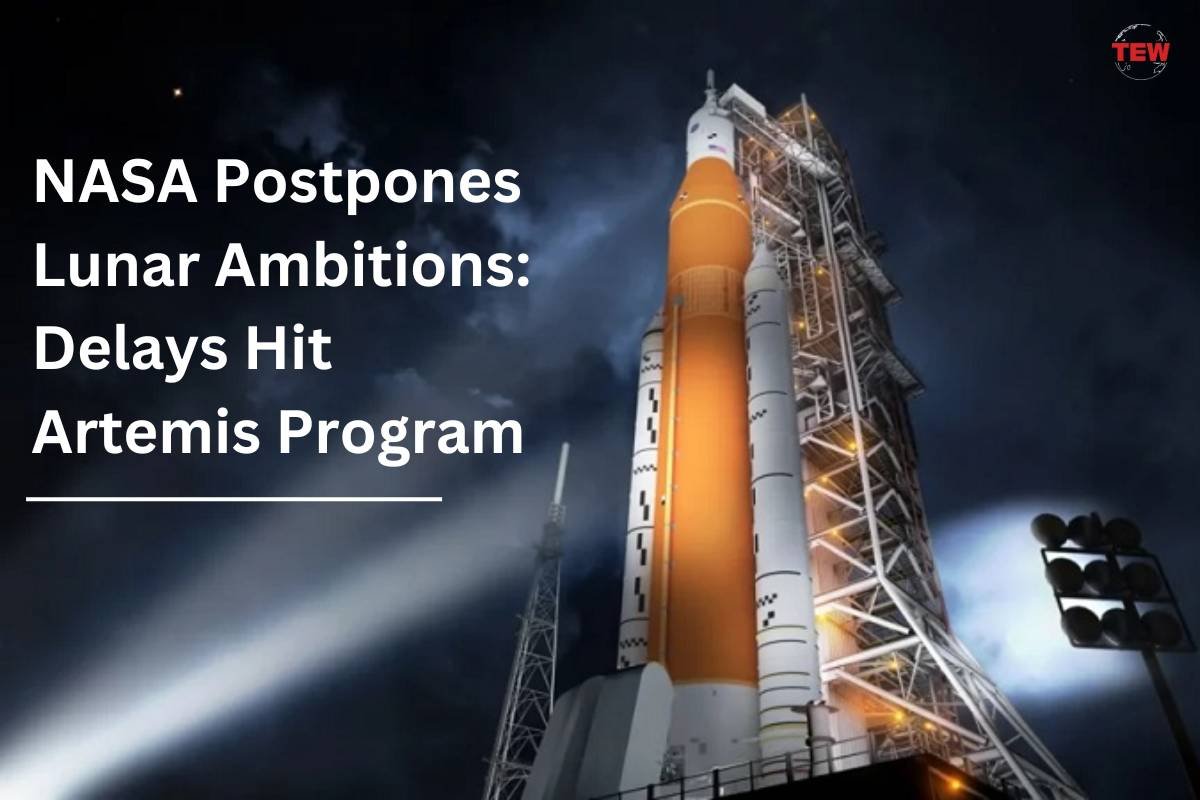(Source – Global Green News)
In a setback to NASA Postpones Lunar’s ambitious Artemis program, the space agency has announced the postponement of its plans to return humans to the moon. The Artemis program, aiming to retrace the steps of the historic Apollo missions and witness space boots on the lunar surface after half a century, faced delays prompting adjustments in the mission timeline.
The Artemis III mission, intended to land four astronauts near the lunar south pole, is now rescheduled for September 2026. Similarly, Artemis II, a 10-day expedition designed to send a crew around the moon and back to test life support systems, will now take place in September 2025. These delays were attributed to the need for NASA’s teams to address development challenges linked to the program, which involves collaborations with private companies such as SpaceX led by Elon Musk and Lockheed Martin, utilizing some relatively untested spacecraft and technologies.
Artemis Program Desire to gain valuable insights into deep space exploration
NASA Postpones Lunar Administrator Bill Nelson emphasized that the safety of astronauts remains the top priority in the preparation for future Artemis missions. The postponements aim to ensure that the spacecraft and technologies meet the highest safety standards before embarking on human missions to the moon.
The United States government’s broader vision involves establishing a sustained human presence beyond Earth’s orbit. This includes the construction of a lunar base camp and a space station in orbit around the moon. While the ultimate goal is to send humans to Mars, NASA has strategically chosen to return to the moon first. This decision is driven by the desire to gain valuable insights into deep space exploration, ensuring that the challenges and complexities of extended space missions are thoroughly understood before venturing toward the red planet.
Private entities utilize cutting-edge technologies
Artemis I, the inaugural mission of the Artemis program, successfully took place in 2022. NASA launched the potent Space Launch System (SLS) rocket from Florida, carrying an uncrewed Orion capsule built by Lockheed on a 25-day, 1.3-million-mile journey to the moon and back. This mission provided crucial data for NASA, shedding light on areas that required refinement, including the heat shield, a section of which experienced detachment during the mission.
NASA’s commitment to returning to the moon in a manner distinct from past missions underscores the agency’s dedication to pushing the boundaries of space exploration. By partnering with private entities and utilizing cutting-edge technologies, NASA postpones lunar aims to overcome challenges and ensure that future lunar missions, including Artemis III and beyond, are executed with the highest standards of safety and precision.
While delays are an inevitable part of complex space endeavors, they serve as opportunities for NASA to fine-tune its strategies and technologies. The postponed timelines for Artemis II and Artemis III reflect the agency’s commitment to meticulous planning and the unwavering prioritization of astronaut safety, ultimately paving the way for the next giant leap in humanity’s exploration of the cosmos.





